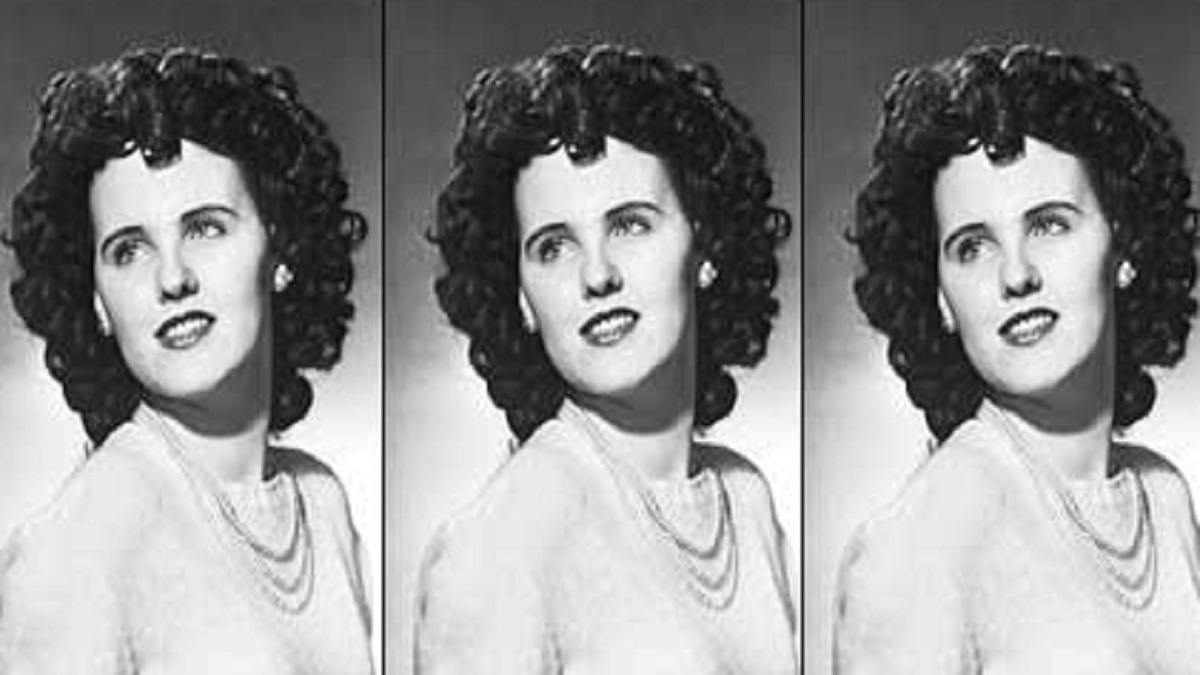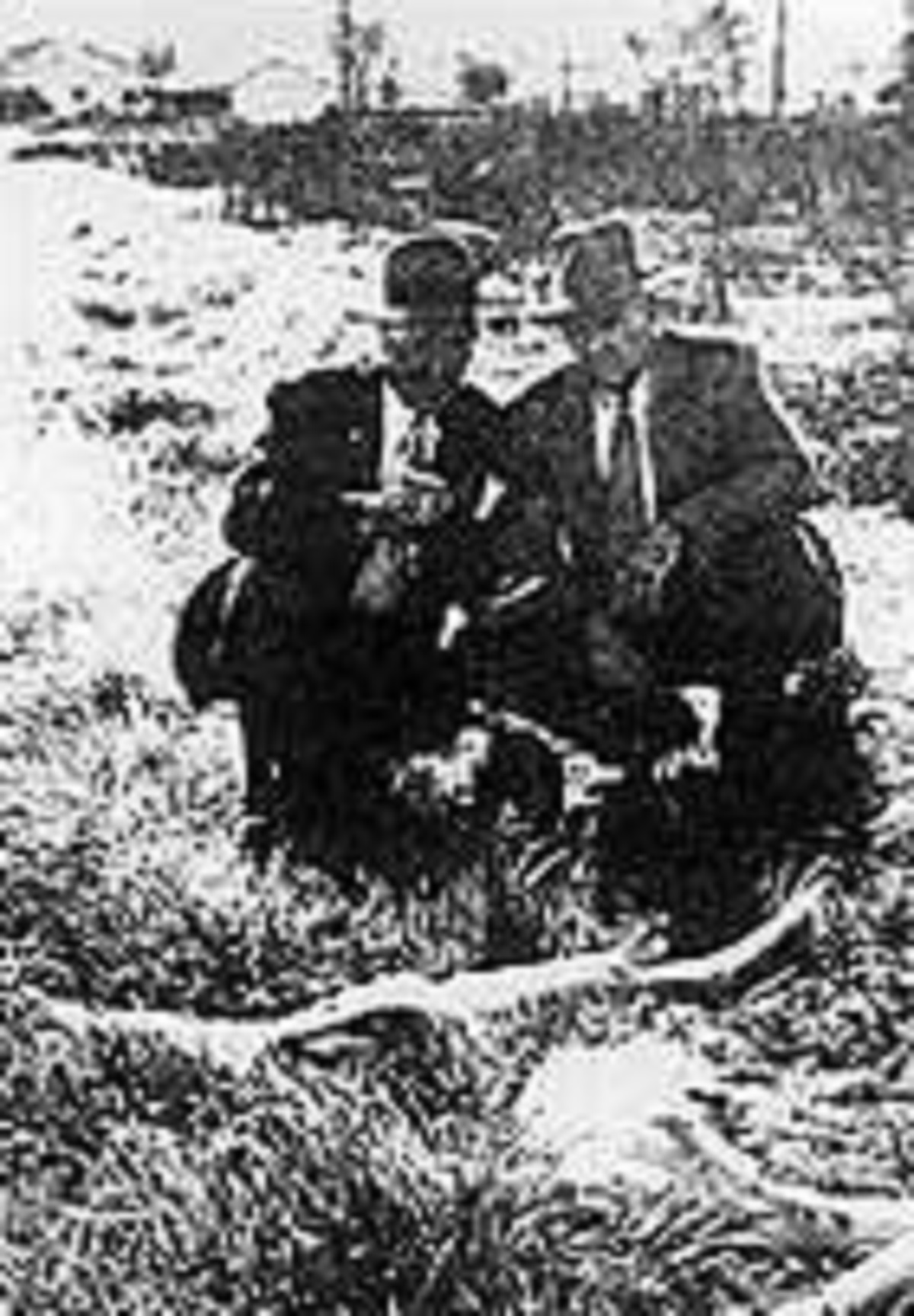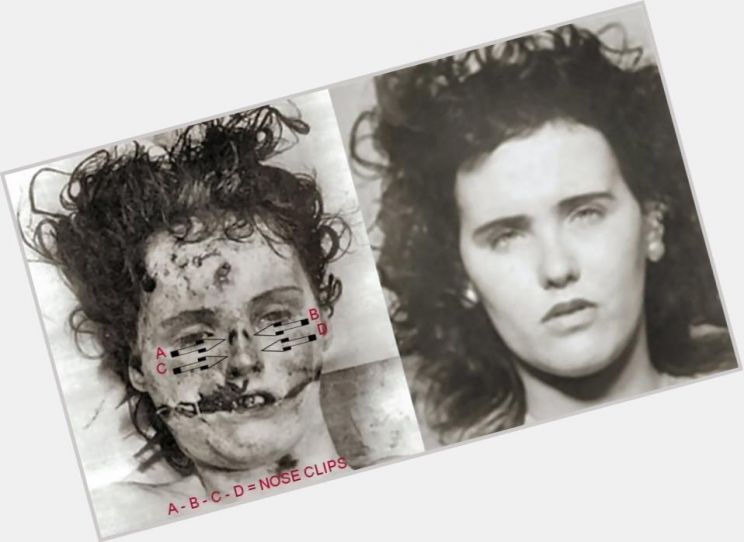Elizabeth Short's Tragic Story: The Body Found That Shocked A Nation
On a chilly January morning in 1947, a discovery was made that would captivate and horrify the nation - the body of Elizabeth Short was found in a vacant lot in Los Angeles. This wasn't just any crime scene - it was the beginning of one of America's most infamous unsolved mysteries that continues to haunt true crime enthusiasts to this day. The Black Dahlia case, as it came to be known, would spark endless speculation and investigation, leaving more questions than answers.
Elizabeth Short's story is a tragic tale of a young woman with dreams of Hollywood stardom whose life was cut short in the most brutal way imaginable. Her case remains one of the most high-profile unsolved murders in American history, with theories ranging from serial killer activity to government conspiracy.
What makes Elizabeth Short's case so compelling isn't just the grisly nature of her murder, but the mystery surrounding her life and death. Despite extensive investigation, the identity of her killer remains unknown, leaving behind a legacy of speculation and unanswered questions that continue to fascinate and frustrate investigators and the public alike.
Read also:Discover Diana Ross Net Worth Age And Personal Life 2023
The Discovery That Shocked LA
It was January 15, 1947, when a group of women out for an early morning walk stumbled upon something that would change their lives forever. In a vacant lot at 39th Street and South Norton Avenue in Leimert Park, they discovered the body of a young woman lying face down. But this wasn't just any body - Elizabeth Short had been brutally mutilated, her body severed at the waist and posed in a manner that suggested meticulous planning.
Details of the Gruesome Scene
Investigators arrived to find a crime scene that defied belief. Elizabeth's body was carefully arranged, with her legs spread in a 180-degree angle and her face expression eerily calm despite the trauma she had endured. The body had been washed clean, and the crime scene showed no signs of struggle, suggesting that the murder had taken place elsewhere.
- Body divided at the waist
- Face expression eerily serene
- No signs of struggle at the scene
- Body washed clean before being left
Who Was Elizabeth Short?
Biographical Information
| Name | Elizabeth Short |
|---|---|
| Born | July 29, 1924, Boston, Massachusetts |
| Died | January 1947 (exact date unknown) |
| Occupation | Aspiring actress |
| Known For | Black Dahlia murder case |
Elizabeth Short was born in Boston and moved to California hoping to break into the film industry. She worked various jobs while pursuing her dream of becoming a Hollywood star. Her friends described her as friendly and ambitious, always looking to make connections in the entertainment world.
The Investigation That Went Nowhere
Despite the best efforts of Los Angeles detectives, the case quickly became mired in confusion and misinformation. Hundreds of tips poured in, but none led to a credible suspect. The media circus that surrounded the case only added to the chaos, with reporters often reporting unverified information that complicated the investigation.
Key Suspects and Theories
Over the years, numerous suspects have been proposed:
- Walter Bayley - A physician with a history of mental illness
- George Hill Hodel - A Los Angeles doctor with a dark past
- Various other individuals with questionable backgrounds
However, none of these suspects have ever been conclusively linked to the crime.
Read also:Joel Embiid Needs Another Knee Surgery In Latest 76ers Crusher
Media Sensation and Public Reaction
The Black Dahlia nickname, given by the press due to Elizabeth's supposed resemblance to actress Veronica Lake, turned the case into a media spectacle. The public was both horrified and fascinated by the gruesome details, leading to widespread speculation and rumor-mongering.
Impact on American Culture
This case marked a turning point in how the media covered violent crime, setting a precedent for future sensationalized reporting. The Black Dahlia story has since inspired numerous books, films, and television shows, keeping Elizabeth's memory alive in popular culture.
Psychological Profile of the Victim
Psychologists have attempted to piece together Elizabeth's personality from the few interactions she had with others in the months leading up to her death. She was described as friendly but somewhat naive, easily trusting of strangers, which may have contributed to her tragic fate.
Behavioral Patterns
- Frequent moves between different locations
- Associations with various men of questionable character
- Attempts to ingratiate herself with influential people in Hollywood
Forensic Evidence and Analysis
Modern forensic techniques have been applied to the case in recent years, offering new insights into the crime. However, much of the evidence was mishandled during the initial investigation, limiting its usefulness today.
Key Findings
Experts have determined that:
- The murder likely took place elsewhere and the body was transported to the scene
- The killer had some medical knowledge due to the precision of the cuts
- The victim was probably dead for several days before being discovered
Legal Implications and Challenges
The Black Dahlia case highlights the challenges of investigating high-profile crimes. The pressure from the media and public can sometimes hinder rather than help the investigation process. The case also demonstrated the need for better evidence preservation and handling protocols.
Lessons Learned
From this case, law enforcement agencies have learned:
- The importance of maintaining evidence integrity
- The need for better communication with the media
- The value of public cooperation in investigations
Modern Perspectives on the Case
Today, the Black Dahlia case is studied as a prime example of how media coverage can affect criminal investigations. It also serves as a reminder of the importance of thorough and professional investigative techniques.
Contemporary Analysis
Modern criminologists suggest that:
- The case might have been the work of a serial killer
- The killer may have been someone known to the victim
- Psychological profiling could have been more effectively used
Conclusion: A Legacy of Mystery
The discovery of Elizabeth Short's body in 1947 remains one of the most compelling unsolved mysteries in American history. Despite advances in forensic science and investigative techniques, her killer has never been identified. The case continues to captivate the public imagination, serving as a stark reminder of the dark side of the American Dream.
If you're fascinated by this case, I encourage you to delve deeper into the details and explore the many theories surrounding Elizabeth Short's murder. Perhaps one day, with the help of new evidence or technology, we may finally uncover the truth behind the Black Dahlia's tragic story. Share your thoughts in the comments below, and don't forget to check out our other articles on true crime and historical mysteries.
Table of Contents
- The Discovery That Shocked LA
- Details of the Gruesome Scene
- Who Was Elizabeth Short?
- Biographical Information
- The Investigation That Went Nowhere
- Key Suspects and Theories
- Media Sensation and Public Reaction
- Impact on American Culture
- Psychological Profile of the Victim
- Behavioral Patterns
- Forensic Evidence and Analysis
- Key Findings
- Legal Implications and Challenges
- Lessons Learned
- Modern Perspectives on the Case
- Contemporary Analysis
- Conclusion: A Legacy of Mystery
Data Source: Los Angeles Police Department Archives, FBI Crime Reports, Various Historical Crime Publications


